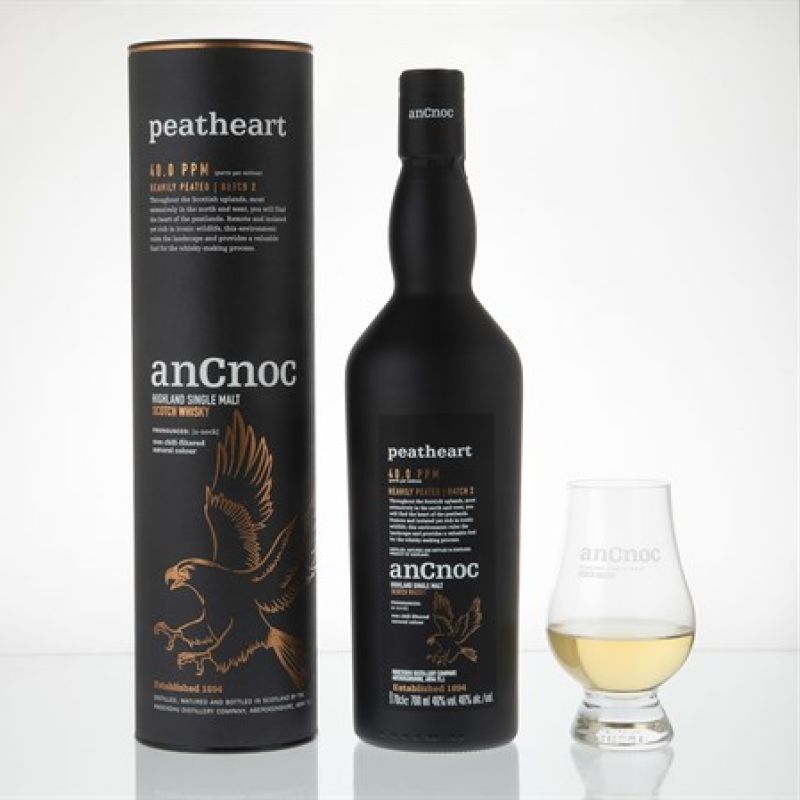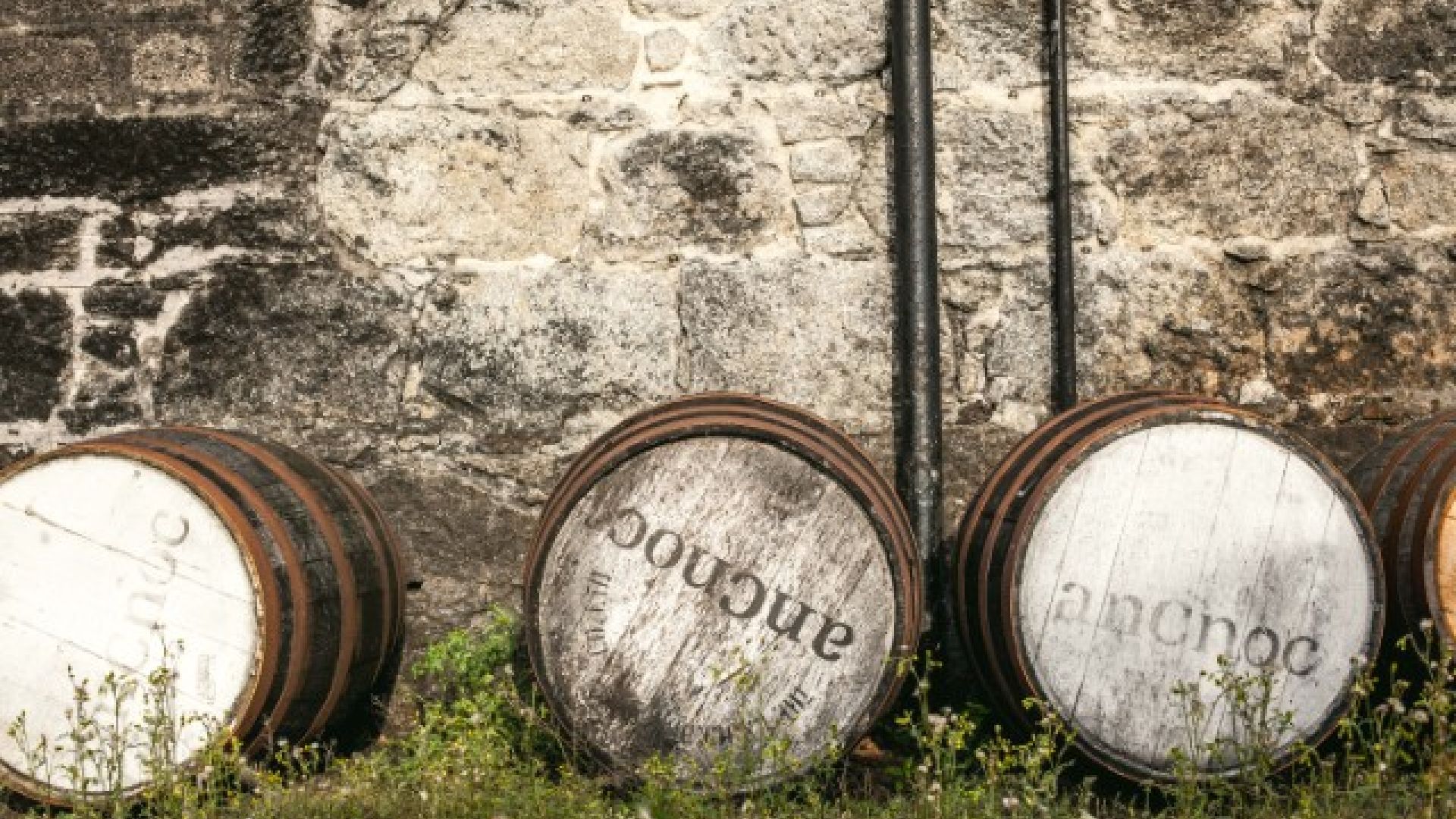The essence of anCnoc single malt whisky is an enchanting tale that unravels the rich legacy of the Knockdhu Distillery. Established in 1893 in the Highlands of Scotland, Knockdhu Distillery has a long-standing history of producing some of the finest Scotch whiskies in the world. The distillery's long heritage is rooted in the Scottish soil, with the locally sourced peat playing an integral role in its success.
Why is Peat so special?
Have you ever smelled a peat fire? It's a rich, smoky yet sweet scent that evokes images of misty Scottish moors and roaring hearths. It is a sensory experience that transports you to the rugged terrain of the Scottish Highlands where the rolling hills are carpeted with peat bogs. That same scent is what gives anCnoc's Peaty whisky its bold and unforgettable taste.
But not all peat is equal. In the Scottish Highlands, the peat is typically formed from heather and other aromatic plant material, resulting in smoke with a more traditional campfire aroma. On Islay, the peat is formed from the decayed remains of seaweed and other marine organisms, which produces a heavier, more pungent smoke that can have a medical tinge to it. This difference in peat type is a major factor in the flavour profiles of the whiskies produced in each region, with Islay whiskies known for their bold, smoky character and Highland whiskies often prized for their more delicate and nuanced flavours.
Regardless of the region, however, the use of peat has been a fundamental part of Scottish culture for thousands of years. The unique climate and geology of Scotland have given rise to vast peatlands that cover almost a quarter of the country, providing an important source of fuel in rural areas where coal wasn’t available and income for local communities.
The cultural significance of peat extends beyond its practical uses. It is part of Scotland's identity, steeped in folklore and legend. For generations, Scots have shared stories of the "peat bogles," mischievous spirits that dwell in the peat bogs and play tricks on unwary travellers.

The early days of Knockdhu Distillery
However, John Morrison was no such unwary traveller and in 1893, established the Knockdhu Distillery after seeing the potential of the pure spring water sources and surrounding fertile farmland in the region. Morrison's vision of creating a premium Scotch whisky was realised a year later when production started in 1894. With the beautiful and imposing Black Hill as a scenic backdrop, the Knockdhu Distillery has long been a revered player in the world of Scotch single malt whisky. Its commitment to quality and consistency has been recognised time and time again, earning the distillery numerous accolades and awards over the years.
From the careful selection of the finest ingredients to the skilled craftsmanship of the master distillers, the Knockdhu Distillery has always been committed to the pursuit of perfection in every aspect of the whisky-making process. This dedication has resulted in whiskies of unparalleled depth, complexity, and character, each imbued with the essence of the rugged terrain and wild landscapes of the Scottish Highlands with the peaty collection being no exception.
For centuries, the distinctive aroma of peat smoke was a familiar scent in the air of the Scottish Highlands. The use of peat to dry malted barley and in the firing of the stills is a delicate art, requiring a careful balance of heat and smoke to achieve the desired flavour profile in the whisky. Too much peat smoke can overpower the delicate flavours of the whisky, while too little can result in a lack of depth and complexity.
The revival of peated whiskies
As time and technology progressed, the production methods changed and many distilleries moved away from peat as a fuel source to dry barley and heat the stills. However, the deep dark flavours of peated single malt whisky have seen a revival over the past 20 years with the Knockdhu at the forefront of the trend.
One of our most popular Peaty whiskies is Peatheart, a rich and complex dram that is beloved by enthusiasts around the world. But the Peaty collection is about more than just Peatheart. It's about exploring the many different expressions that peat can bring to whisky.
Each bottle in our Peated collection carries a note of the PPM (parts per million phenol) of the malted barley, as specified by our Master Blender. The higher the PPM levels, the peatier the whisky will taste.
If you're curious about the world of peated and indeed un-peated whiskies, we invite you to join us on a journey through anConoc’s rich history and exciting future of remarkable single malt expressions.
Slàinte mhath!
